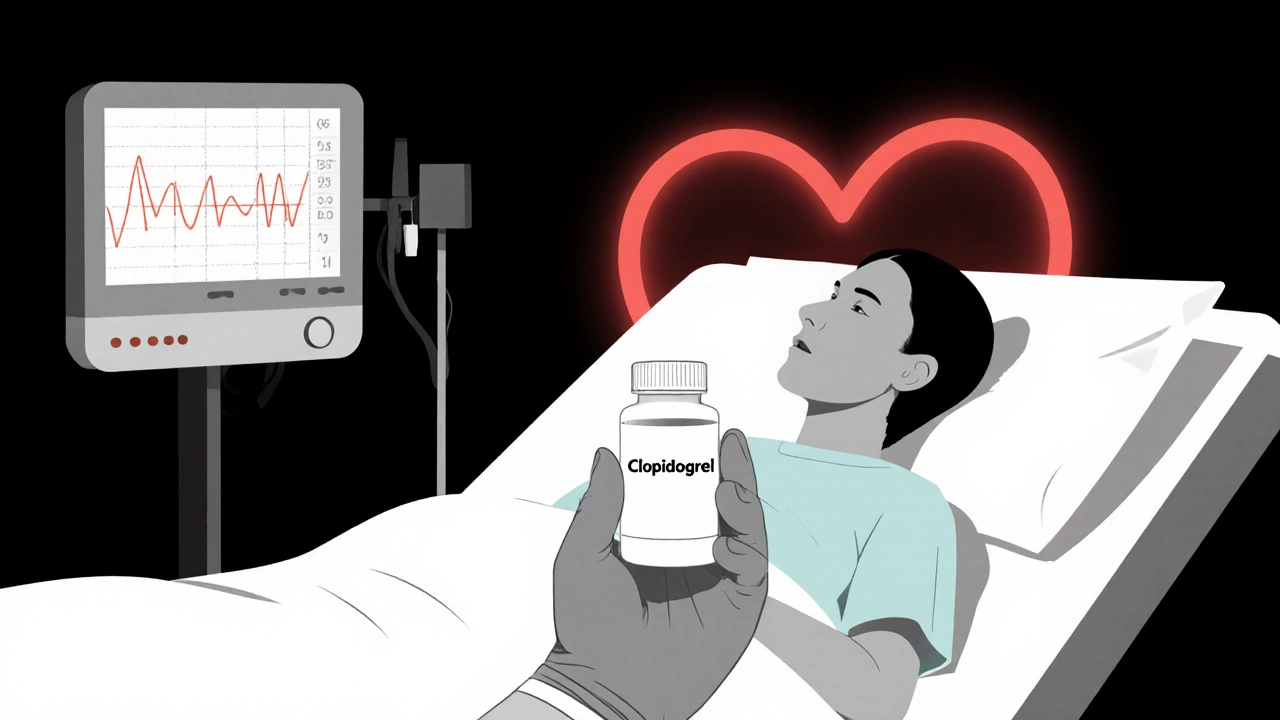Antiplatelet Therapy: What It Is, How It Works, and Key Medications
When your blood clots too easily, it can block arteries and trigger a heart attack or stroke. Antiplatelet therapy, a medical approach that prevents blood platelets from sticking together to reduce clot risk. Also known as antiplatelet drugs, it's one of the most common long-term treatments for people with heart disease, stents, or a history of stroke. Unlike blood thinners like warfarin that target clotting factors, antiplatelet agents work directly on platelets—the tiny cell fragments that rush to injury sites and clump together. This makes them ideal for preventing clots in arteries, where blood flows fast and platelets are the main culprits.
Two names come up again and again in this space: aspirin, a simple, low-cost drug that blocks the enzyme COX-1 to stop platelets from activating, and clopidogrel (sold as Plavix), a stronger agent that blocks a specific receptor on platelets called P2Y12. Many patients take both together after a stent placement—this is called dual antiplatelet therapy. But it’s not one-size-fits-all. Some people don’t respond well to clopidogrel due to genetics, while others can’t tolerate aspirin because of stomach issues. That’s why alternatives like prasugrel and ticagrelor exist, and why doctors often test or adjust based on individual risk.
Antiplatelet therapy doesn’t just stop clots—it changes daily life. You need to avoid certain painkillers like ibuprofen that can interfere. You might need to pause treatment before dental work or surgery. And yes, bleeding risk goes up. A cut that takes longer to stop bleeding isn’t just a nuisance—it’s a warning sign. The posts below cover real comparisons: how generic Plavix stacks up against the brand, why some people switch from aspirin to newer drugs, and what happens when antiplatelet therapy meets alcohol, other meds, or long-term use. You’ll find practical advice on managing side effects, spotting danger signs, and understanding why your doctor picked one drug over another. No fluff. Just what works, what doesn’t, and what you need to know to stay safe.
Safely Switch from Clopidogrel to Ticagrelor: Step‑by‑Step Guide
Learn how to safely transition patients from clopidogrel to ticagrelor with step‑by‑step guidance, dosing tables, monitoring tips, and FAQs for optimal heart protection.
